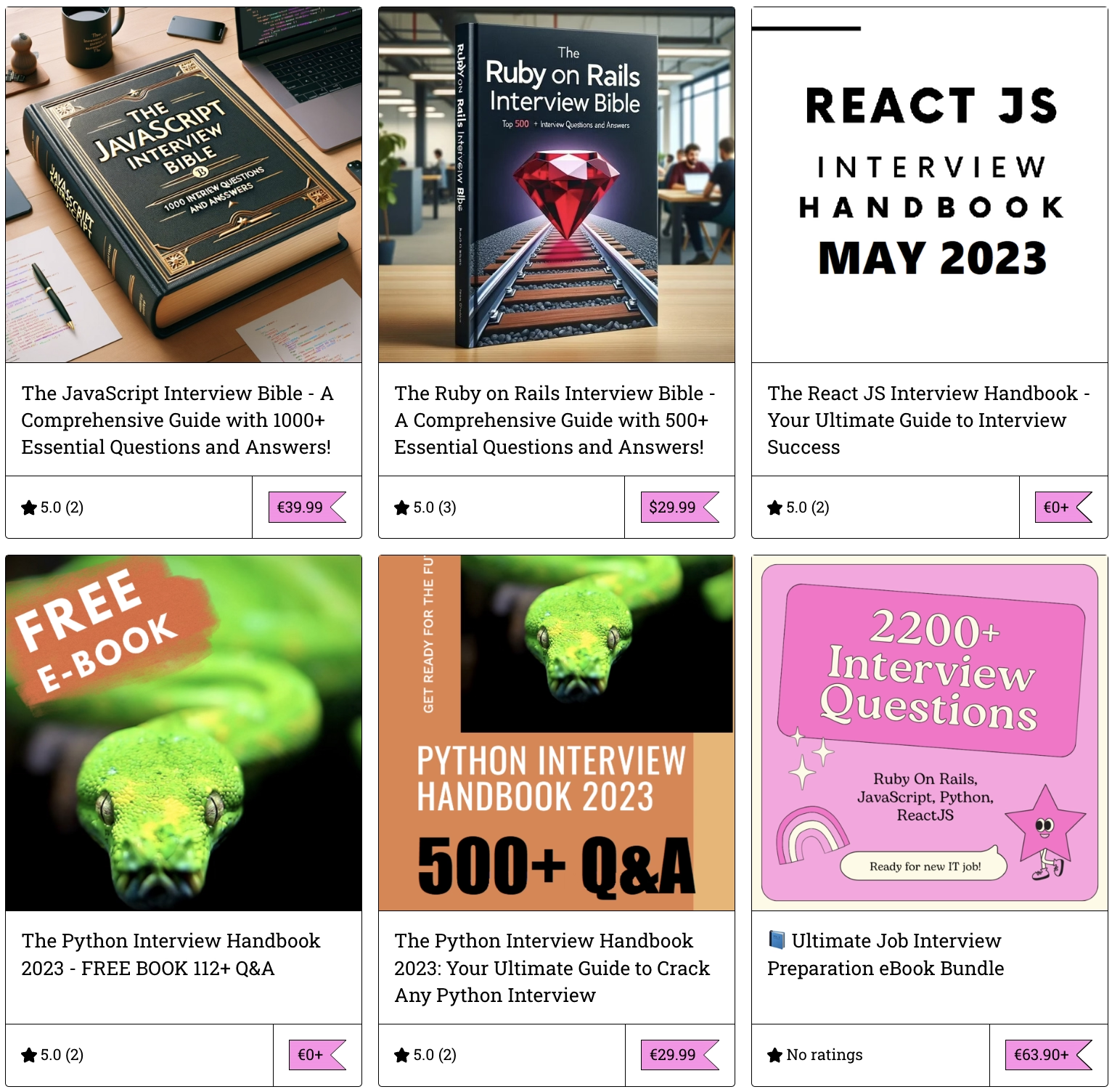Ruby, an Object Oriented scripting language for web-development, gets extension from a software library called Rails. As a collective framework for web development, Ruby on Rails or simply Rails has become very popular among developers in recent years, a lot of credit goes to ease of programming for web application development. Ruby on Rails comes for free with large open source libraries, allowing faster development and easier collaboration. Web developers can use HTML, CSS and Javascript for display and user interfacing with Ruby on Rails, in addition to web standards like JSON and XML. Before the release of Rails in 2004, PHP and Java frameworks were the big names for frameworks available for web development. But Rails, a model–view–controller (MVC) framework, soon started giving them tough competition with its default structures for a database, a web service and web pages. On the other hand, lack of innovation turned into a big setback for frameworks like Apple’s WebObjects, Microsoft’s .NET framework, Adobe’s ColdFusion etc.
